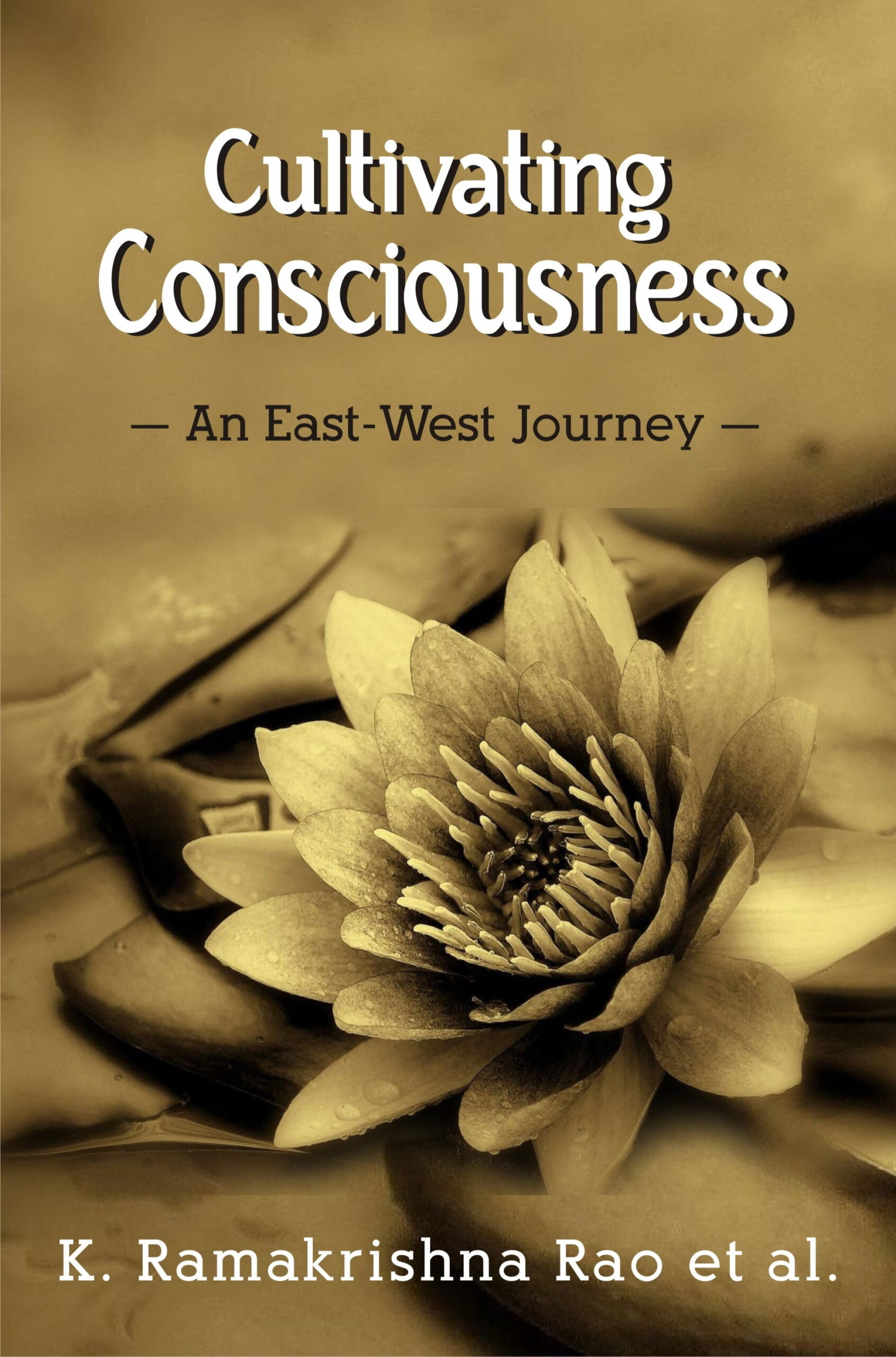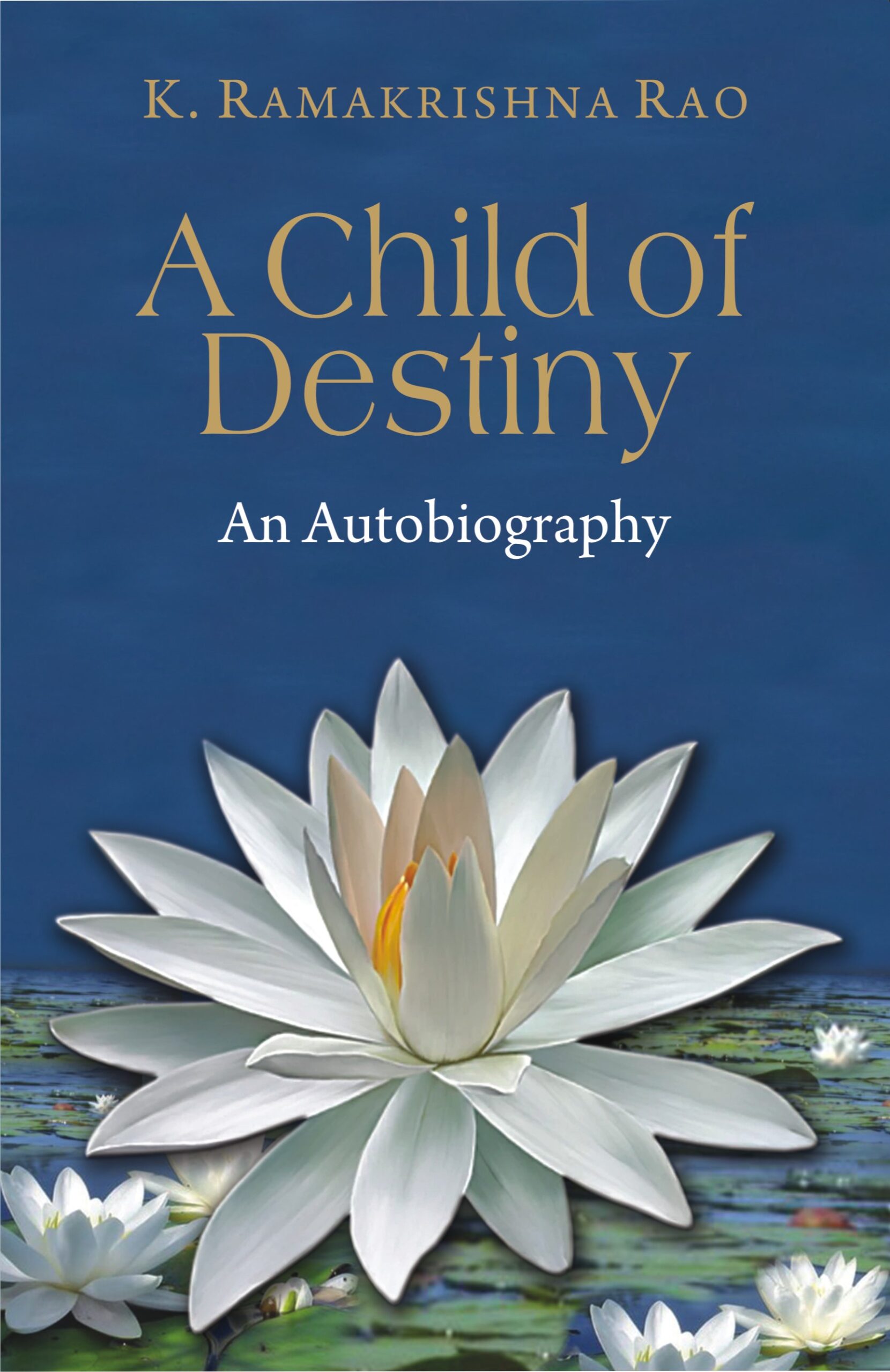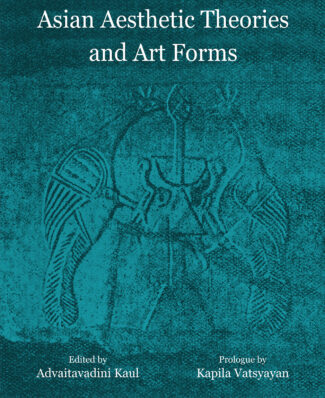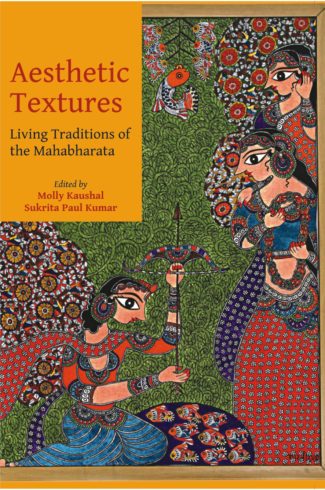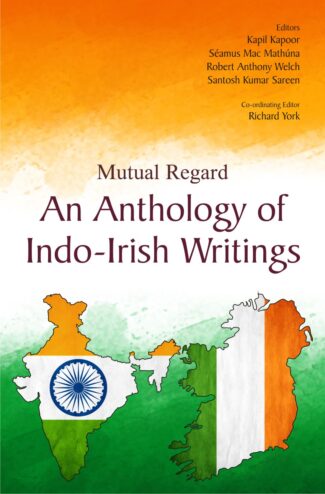

Phenomenology of Vio...
Phenomenology of Violence (2 Vols. Set)
by: K. Ramakrishna RaoIt is an attempt to describe and address violence as it manifests in public life. There is violence in all the three spheres of human functioning — thought, action, and passion. With person-based violence, there are group violence, identity conflicts, and violence against nature as well.
$80.00
ISBN: 9788124609118
Year Of Publication: 2018
Edition: 1st
Pages : xxi, 700
Bibliographic Details : Index
Language : English
Binding : Hardcover
Publisher: D.K. Printworld Pvt. Ltd.
Size: 29
Weight: 1800
Phenomenology of Violence describes violence as it manifests in public life. There is very little written on violence that disturbs peace. Violence, per se, is more than physical abuse and it spreads across different realms. Aggression, casteism, child exploitation, coercion, drug abuse, ethnic and religious violence, gender discrimination, naxalism, sexual abuse, suicide, and terrorism are some of the manifestations of violence. Violence occurs in all the three spheres of human functioning — thought, action, and passion.
Violence is a part of mans nature and is grounded in his animal origins. Going by Mahatma Gandhi, man is a composite of brute and human elements. Violence is not merely person-based. In addition, we have group violence, identity conflicts, and excesses against nature as well. Violence is involved in all acts of hate and selfishness, whereas nonviolence is grounded in love and altruism.
This volume addresses varied aspects of violence: its causes, nature, and solutions. Luminaries such as Albert Schweitzer, Bertrand Russell, Mahatma Gandhi, Martin Luther King Jr, and Nelson Mandela were some of the prominent protagonists of peace, who denounced aggression, discrimination, violence and war.
At a time of religio-political violence across the globe along with other forms of violence, this volume gives out the message that until we bring about peace in our life, both internal and external, we cannot overcome violence and that the ultimate recourse to peace is nonviolence.
Vol. 1. ISBN: 9788124609095
Vol. 2. ISNB: 9788124609101
Foreword
K. Ramakrishna Rao
Introduction
B. Sambasiva Prasad
Volume 1
1. Identity-violence : Gandhis Approach
K. Ramakrishna Rao
2. Jaina Approach to (A)himsa
Saroj Kanta Kar
3. (A)himsa in Buddhism
Saroj Kanta Kar
4. (A)himsa : Classical Indian Perspective
Saroj Kanta Kar
5. Islam and Violence
Anwar Alam
6. Law and Violence
Y. Satyanarayana
7. Perspectives on Aggression
B. Nalini
8. Telangana and Andhra Agitations vis-à-vis Their Areas of Conflict
R. Venkat Reddy
9. Narratives of Coercion : Law as a Social Determinant of Clinical Interactions in Mental Hospitals
V. Bhargavi Davar
10. Gandhian Perspective of Violence and Alternatives to Violence
B. Nalini
11. Peace Psychology : Social Psychological Perspectives on Peace and Conflict Management
Girishwar Misra
Volume 2
12. Perpetual Peace: A Philosophers Pipe Dream
K. Ramakrishna Rao
13. Suicide as a Form of Violence : An Interdisciplinary Review
B. Nalini
14. Biological Basis of Violence
Deepa Mohan
15. Child Abuse
Sanjana Bhatia Seth
16. Anatomy of Youth Violence in India
M. Malakondaiah
17. Gender Violence in India
K. Radhakrishna Murty
18. Sexual Violence in India against Women
Shazneen Limjerwala
19. Caste as a Structural Violence : Ambedkars Perspective
B. Sambasiva Prasad
20. Youth Violence : Perspectives from Kashmir
Shobna Sonpar
21. Negotiating Peace in Ethnic Conflicts : The North-East India Experience
Archana Upadhyay
22. Negotiating with Maoists
P.V. Ramana
23. Containing Ethnic Violence in India
V. Sreemannarayana Murthy
24. Women in Conflict Resolution
B. Nalini
25. Containing Violence : Measures of Resolution
K. Aravinda Rao
Afterword
K. Ramakrishna Rao
contributors
Index







